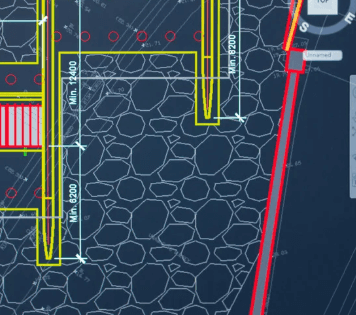Navigate Trade-Offs Without Sacrificing the Future
We understand the trade-offs involved in developing products.
 At Boston Engineering, we help companies manage and mitigate design debt by embedding lifecycle thinking and DFX expertise into every stage of product development. Whether you’re launching your first product or supporting a complex product line, our approach ensures that your design decisions align with long-term goals—not just short-term needs.
At Boston Engineering, we help companies manage and mitigate design debt by embedding lifecycle thinking and DFX expertise into every stage of product development. Whether you’re launching your first product or supporting a complex product line, our approach ensures that your design decisions align with long-term goals—not just short-term needs.







 These trade-offs are part of what we call Design for X (DFX)—the discipline of designing with critical lifecycle outcomes in mind. At Boston Engineering, we use DFX as a framework to ensure that trade-offs are not only intentional, but that their long-term impacts are understood and planned for.
These trade-offs are part of what we call Design for X (DFX)—the discipline of designing with critical lifecycle outcomes in mind. At Boston Engineering, we use DFX as a framework to ensure that trade-offs are not only intentional, but that their long-term impacts are understood and planned for.
 Design debt is only dangerous when it’s invisible. With Boston Engineering as your development partner, you gain:
Design debt is only dangerous when it’s invisible. With Boston Engineering as your development partner, you gain:


